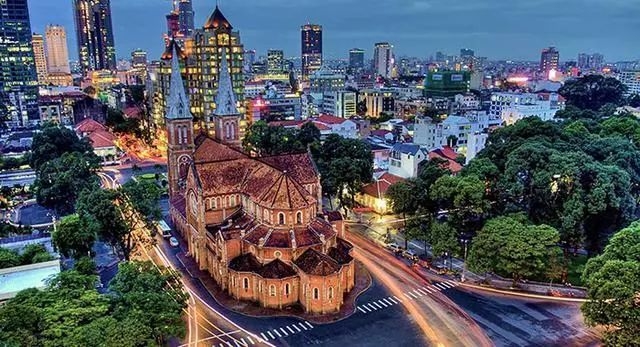Ho Chi Minh City
Name: Ho Chi Minh City
Country: Vietnam
Area: 2,090 square kilometers
Population: 12 million
Ho Chi Minh City became the capital of the Republic of Vietnam in 1955. Once known as Paris in the East, Ho Chi Minh City was profoundly influenced by the West both socially and economically. At the end of the 19th century, it was a famous port and rice market in Southeast Asia. In 1932, Saigon (what Ho Chi Minh was previously called) and Cholon formed the Saigon-Cholon Area, joined by Gia Dinh after the World War II and renamed the Saigon-Gia Dinh Area, or the Greater Saigon. In November 1946, Saigon was approved as the name of the city by Vietnam's National Assembly. The Democratic Republic of Vietnam (North Vietnam) unified South Vietnam in April 30, 1975 and Saigon was subsequently renamed Ho Chi Minh City in honour of Ho Chi Minh, one of the main founders of the Vietnamese Communist Party.
Ho Chi Minh City is located in southern Vietnam, bordered by the provinces of Tay Ninh and Binh Duong to the south, the provinces of Dong Nai and Ba Ria-Vung Tau to the east, and Long An Province to the west, about 15 kilometers away from the southern coast of the South China Sea. The city center is 50 kilometers to the sea and 6 meters above the sea level with a coastline of 15 kilometers. Ho Chi Minh City is part of the transition zone between Southeast Vietnam and the Mekong Delta region.
Zhejiang and Ho Chi Minh established friendly exchange relations in 2010.
